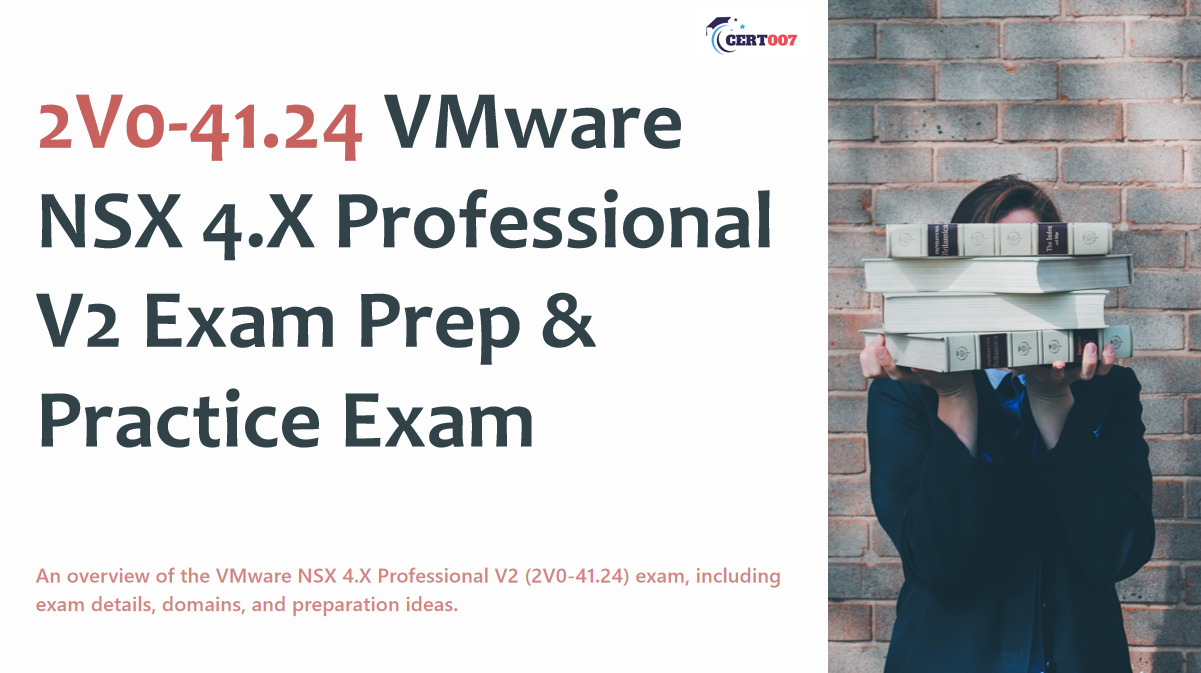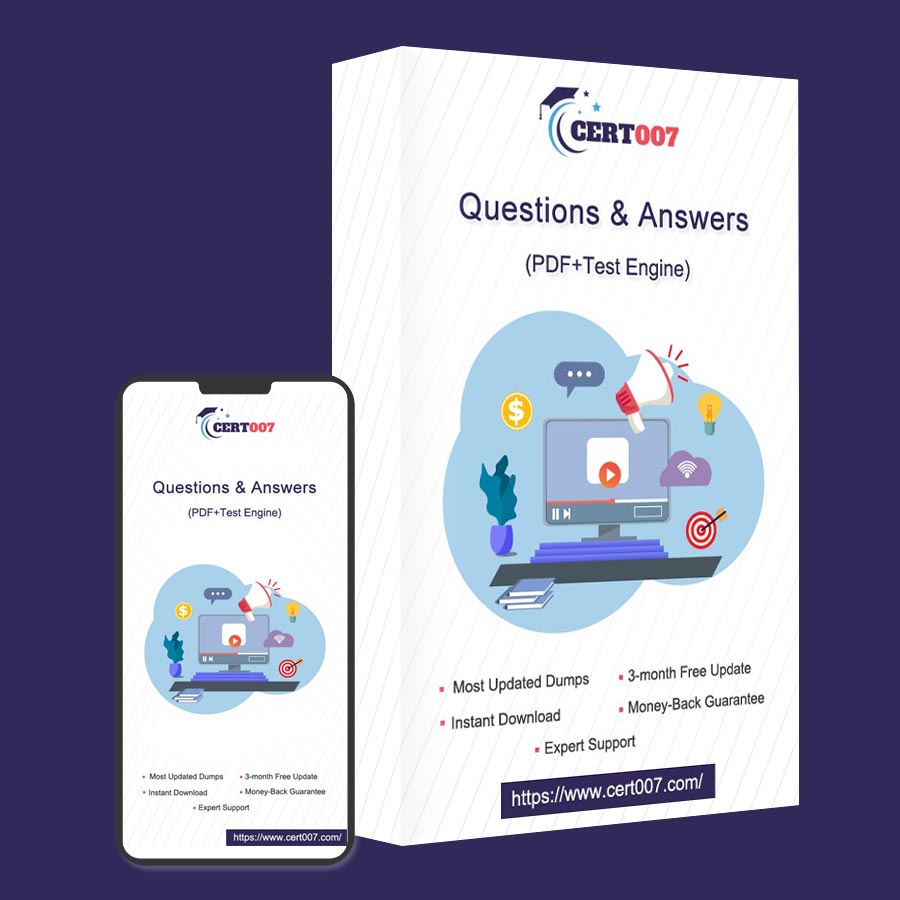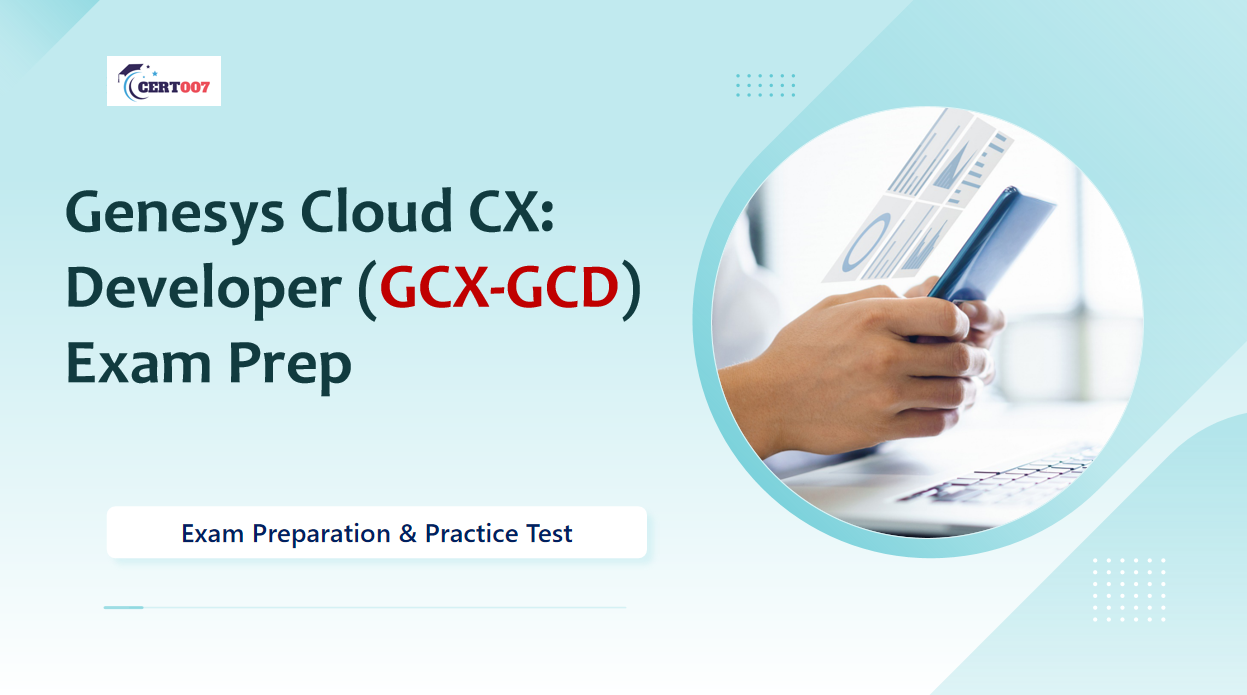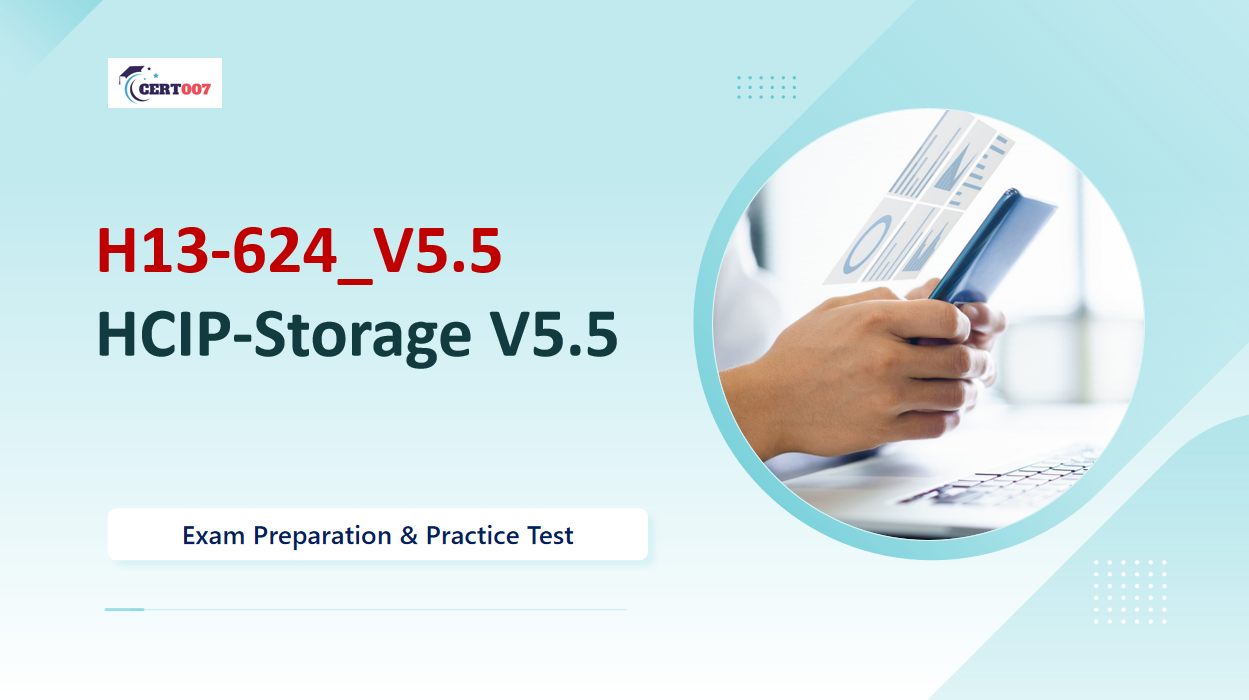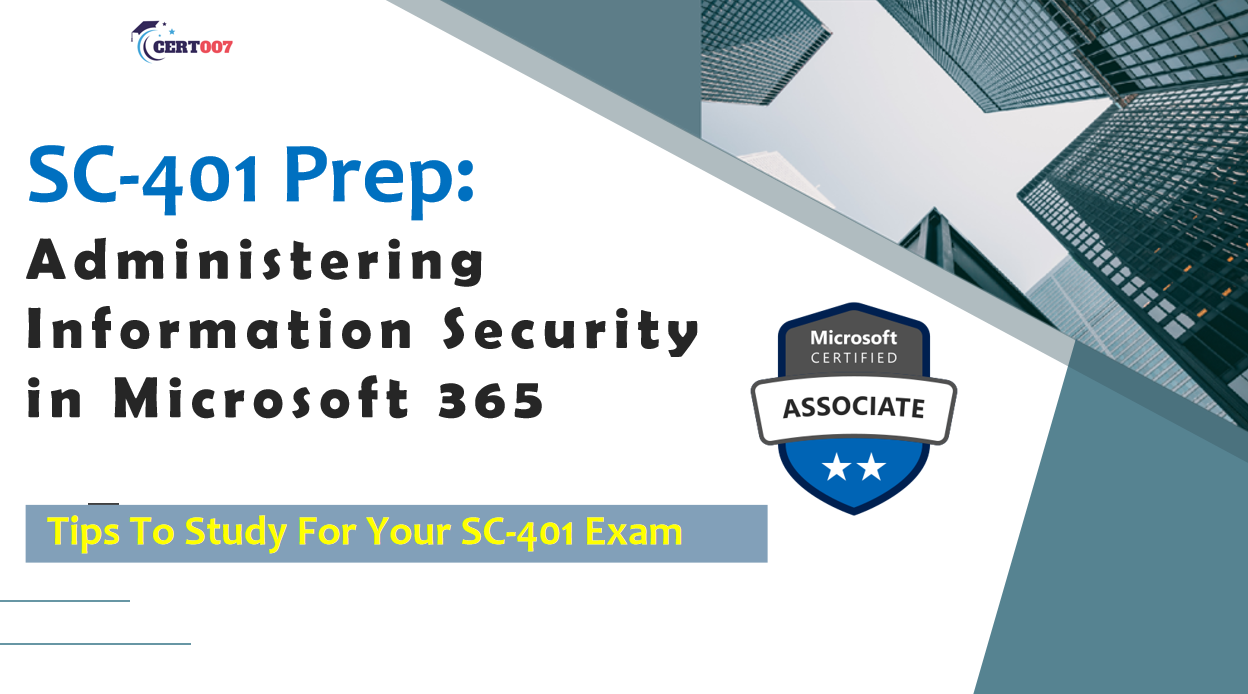Preparing for Databricks Generative AI Engineer Associate Exam

Strong 8k brings an ultra-HD IPTV experience to your living room and your pocket.
The Databricks Certified Generative AI Engineer Associate Exam has become a sought-after certification for professionals looking to validate their skills in deploying and managing generative AI solutions. With this certification, professionals demonstrate expertise in designing large language model (LLM)-enabled applications using Databricks-specific tools and frameworks. A notable resource for preparation is the latest Databricks Generative AI Engineer Associate Practice Exam from Cert007. This practice test is specifically designed to mirror the real exam’s structure, helping candidates build confidence and proficiency by simulating the actual test environment. Cert007’s exam offers a realistic view of the questions you’ll face, covering everything from model selection and data preparation to deployment and governance, ensuring candidates are well-equipped for success.
In this guide, we’ll dive into the key areas of the Databricks Generative AI Engineer Associate certification, breaking down the sections of the exam and detailing essential study strategies to excel in each.
Understanding the Databricks Generative AI Engineer Associate Certification
The Databricks Generative AI Engineer Associate exam is designed to assess a professional’s ability to create LLM-powered solutions. This includes working with Databricks tools like Vector Search, Model Serving, MLflow, and Unity Catalog to build and deploy applications that leverage the capabilities of generative AI. The skills tested include problem decomposition, selecting the right models and tools, and implementing safe, performant AI applications.
Exam Topics Overview and Weightage
The Databricks Generative AI Engineer Associate exam is meticulously structured to cover a comprehensive range of topics essential for proficiency in generative AI solutions. The exam content is thoughtfully divided into six key sections, each carrying a specific weightage that reflects its importance in the field:
1. Design Applications (14%): This section evaluates your ability to conceptualize and architect LLM-powered applications, focusing on problem decomposition and solution design principles.
2. Data Preparation (14%): Here, you'll be tested on your skills in preparing and processing data for use in generative AI models, including techniques for data cleaning, transformation, and augmentation.
3. Application Development (30%): As the most heavily weighted section, this area assesses your proficiency in developing robust generative AI applications using Databricks tools and frameworks.
4. Assembling and Deploying Applications (22%): This section examines your capability to integrate various components and deploy scalable, production-ready generative AI solutions.
5. Governance (8%): While carrying a lower weightage, this crucial section tests your understanding of ethical considerations, compliance, and best practices in managing AI applications.
6. Evaluation and Monitoring (12%): The final section assesses your ability to implement effective strategies for evaluating model performance and monitoring deployed applications to ensure ongoing reliability and efficiency.
Understanding this breakdown is crucial for tailoring your study approach and allocating your preparation time effectively across these key areas of generative AI engineering.
Comprehensive Preparation Guide for the Databricks Generative AI Engineer Associate Exam
To effectively prepare for the Databricks Generative AI Engineer Associate exam, candidates should adopt a multi-faceted approach that encompasses theoretical knowledge, practical skills, and strategic study techniques. Here's an in-depth look at how to optimize your preparation:
- 1. Master the Databricks Documentation: Thoroughly review the official Databricks documentation, paying special attention to sections on Vector Search, Model Serving, MLflow, and Unity Catalog. These resources provide the foundation for understanding the Databricks ecosystem and its AI capabilities.
- 2. Hands-on Practice with Databricks Tools: Gain practical experience by working on projects that utilize Databricks' AI tools. Set up a Databricks workspace and experiment with building LLM-powered applications, focusing on the six key exam areas.
- 3. Utilize Practice Exams: Leverage resources like the Cert007 practice exam to familiarize yourself with the exam format and question types. These simulations help identify knowledge gaps and improve time management skills.
- 4. Join Study Groups and Forums: Engage with other candidates preparing for the exam. Participating in discussions can provide new perspectives and clarify complex concepts.
- 5. Create a Structured Study Plan: Develop a schedule that allocates time to each exam topic based on its weightage. Focus more on high-percentage areas like Application Development and Assembling and Deploying Applications.
Remember, success in the Databricks Generative AI Engineer Associate exam requires a blend of theoretical knowledge and practical application. By following this comprehensive preparation strategy, candidates can approach the exam with confidence and increase their chances of success.
Conclusion
The Databricks Generative AI Engineer Associate exam presents a significant opportunity for professionals to validate their expertise in the rapidly evolving field of generative AI. By thoroughly understanding the exam structure, focusing on key areas such as application development and deployment, and utilizing resources like the Cert007 practice exam, candidates can effectively prepare for this challenging certification. Remember that success in this exam not only demonstrates your technical proficiency but also positions you at the forefront of AI innovation in the Databricks ecosystem. With dedicated study, hands-on practice, and strategic preparation, you'll be well-equipped to excel in the exam and advance your career in the exciting realm of generative AI engineering.
Note: IndiBlogHub features both user-submitted and editorial content. We do not verify third-party contributions. Read our Disclaimer and Privacy Policyfor details.



